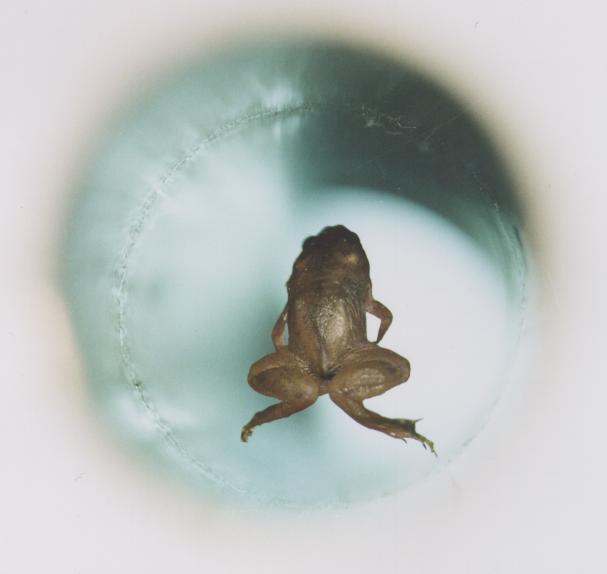 Most people who are termed functionally or legally blind can see something, even if it is only changes in light intensity. The totally blind, conversely, see nothing; but does that mean their eyes cannot perceive light? The answer might surprise you.
Most people who are termed functionally or legally blind can see something, even if it is only changes in light intensity. The totally blind, conversely, see nothing; but does that mean their eyes cannot perceive light? The answer might surprise you.
Category Archives: Science
A noiseless, patient rover

On Aug. 6, 2012, a new rover will touch down on Mars — bigger, badder and bristling with more gear than a spelunker convention. Although rocking the same suspension system and basic design, Curiosity, aka the “monster truck of science,” is so much heftier than its predecessors that NASA and JPL had to invent an entirely new way to land it: one part HALO jump, one part rocket-hovering sky crane. Its mission: investigate if the right conditions exist, or ever have, to support microbial life.
A hard rain’s a-gonna fall
 Think you know destructive storms? I’m talking about Old Testament, wrath-of-God type destruction, storms that kill people by the millions and require years and billions of dollars to recover from.
Think you know destructive storms? I’m talking about Old Testament, wrath-of-God type destruction, storms that kill people by the millions and require years and billions of dollars to recover from.
In this article, I count down the Top 10 most devastating engines of nature in terms of the lives they claimed, their financial toll, and their lasting impacts on the cities and towns they razed.
Superconductors? When frogs fly
 One of the unwritten rules of physics says you can’t get something for nothing; at best, you can swing a fair exchange rate between energy in and energy out. The problem is heat: Like an energy embezzler, it skims off the top of chemical reactions, physical systems and electrical circuits (which is why we can’t have perpetual motion machines).
One of the unwritten rules of physics says you can’t get something for nothing; at best, you can swing a fair exchange rate between energy in and energy out. The problem is heat: Like an energy embezzler, it skims off the top of chemical reactions, physical systems and electrical circuits (which is why we can’t have perpetual motion machines).
Superconductors don’t break the laws of thermodynamics, but they do manage to find some fairly large loopholes. Send current through a superconducting wire, and it loses no energy to resistance. Bend the wire into a loop, and it will hold charge indefinitely. Levitate it above a magnet, and the sun will devour the Earth before it will fall.
Plus, it can levitate a frog.
What is Superconductivity?
Quiz: How Super are Superconductors?
NASA’s all-singing, all-dancing rocketship

NASA is planning its most powerful rocket to date, a jack-of-all-trades vehicle intended to carry the American space program through a dizzying array of potential missions. Inheriting parts from the now-defunct space shuttle, its stillborn successor, Constellation, and the Saturn V workhorse that launched Americans to the moon, this modular monster is Senate-mandated to meet the requirements of any mission NASA dreams up, from near-Earth milk runs to massive undertakings like Mars exploration.
Can a single vehicle serve so many masters in so many ways, or will this phoenix turn out to be a turkey? Find out below – and then test your knowledge in the Big, Bad Space Launch System quiz.
How the Space Launch System Will Work
Blastoff! The Big, Bad Space Launch System Quiz